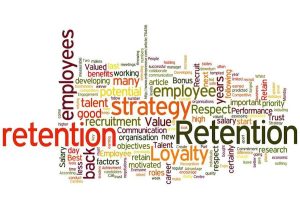No products in the cart.
Corporate Culture
Why Employee Retention is so Important
 Employee retention is critical to business success. When your top performers leave, their valuable company knowledge is often lost. Your remaining workforce may feel disoriented and unproductive without the previous employee’s expertise. And your talent’s productivity will plummet further when they’re forced to pick up the slack as a position remains unfilled. All this can lead to burnout and future turnover.
Employee retention is critical to business success. When your top performers leave, their valuable company knowledge is often lost. Your remaining workforce may feel disoriented and unproductive without the previous employee’s expertise. And your talent’s productivity will plummet further when they’re forced to pick up the slack as a position remains unfilled. All this can lead to burnout and future turnover.
Moreover, it’s costly to replace a departing employee. The cost to replace an individual employee can range anywhere from one half to two times the employee’s annual salary. The recruiting, onboarding, and training costs associated with hiring new talent is outright expensive.
The cost to replace an individual employee can range from one half to two times the employee’s annual salary.
To make things worse, it can take one to two years for a new employee to reach similar performance to their predecessor. It’s clear that if your employees are constantly turning over, it’s difficult to build an engaging, high-performing workplace.
How to calculate your employee retention rate:
Calculating your employee retention rate can be achieved easily with a simple formula. Just divide the number of retained employees throughout a given time period by the initial amount of employees in that time period, and multiply by 100.
(Remaining headcount during set period/ Starting headcount during set period) x 100
It’s important that your remaining headcount number doesn’t include new hires. Your retention rate is about the number of tenured employees who stay, not the number of people you’re able to hire. If you include employees who joined your organization during the set period that you’re measuring, you’ll skew your numbers.

